10 Hoisin Sauce Substitutes That You Might Not Know
Substitute hoisin sauce when your recipe calls for that distinct umami flavor in Asian cuisine.
It’s common for home cooks to discover one sauce missing from the pantry right as they start cooking.
These two condiments share similar dark appearances and thick textures, making them seem interchangeable at first glance.
Hoisin brings a sweeter, more complex taste profile with notes of five-spice and fermented soybeans compared to oyster sauce's briny seafood essence.
Smart substitutions like this can save dinner plans without requiring an extra trip to specialty grocery stores.
The flavor differences between them matter significantly depending on what dish appears on the menu tonight.
Once you understand how these sauces behave differently in cooking, adapting recipes becomes second nature rather than guesswork.
Top Substitutes for Hoisin Sauce
Hoisin sauce might not be available, yet a well-chosen alternative can slip right into your cooking and keep everything on track. This way, the flow in the kitchen stays steady and uninterrupted.
Fish Sauce
Fish sauce stands as the most notable substitute for oyster sauce due to its similar umami richness, though there are key differences between them.
Oyster sauce has a thicker consistency, dark brown color, and slight sweetness, while fish sauce appears thinner, lighter in color, and lacks the sweet notes some describe as nutty.
The fundamental difference lies in their production - oyster sauce combines oysters with salt and sugar, whereas fish sauce contains only fermented fish and salt.
In recipes with multiple ingredients, these differences might not dramatically affect the final dish.
Adding a pinch of sugar can help round out fish sauce's flavor profile when using it as a replacement.
Teriyaki Sauce
Substituting sauces in recipes can save the day when you're missing a key ingredient.
Fish sauce offers a bolder flavor than oyster sauce, while teriyaki sauce provides a sweeter alternative with a similar thick texture that sometimes works even better in certain dishes.
The soy-based teriyaki, typically sweetened with sugar and containing sake or mirin, can easily replace oyster sauce at a ratio of two teaspoons of teriyaki for each tablespoon of oyster sauce called for in recipes.
Some cooking experts recommend adding a teaspoon of liquid from canned or jarred oysters to enhance the authentic flavor when making this swap.
Soy Sauce
Substituting oyster sauce with soy sauce offers a convenient solution when you're in a cooking bind.
Many home cooks already have soy sauce in their pantry, making it readily available when oyster sauce runs out.
The significant difference lies in consistency, as soy sauce flows freely while oyster sauce has a thicker, more viscous texture that affects how dishes come together.
Adding a pinch of sugar to soy sauce helps compensate for the sweetness typically found in oyster sauce, creating a more balanced flavor profile.
This simple adjustment can save a recipe without requiring a special trip to the store, though the final taste won't perfectly match the original ingredient's complex umami richness.
Kecap Manis (Sweet Soy Sauce)
Substituting oyster sauce is easiest with Indonesian kecap manis, a sweet and thick soy sauce that closely mimics the texture we love in oyster sauce.
Most home cooks don't keep kecap manis in their pantry unless they regularly prepare Indonesian dishes, making it somewhat harder to find than regular soy sauce.
Asian markets and specialty food stores often carry this delicious condiment, offering the best chance of finding it locally without much hassle.
Online shopping provides another convenient option if local stores don't stock it.
Though tracking down kecap manis requires more effort than simply buying more oyster sauce, this Indonesian staple might become your new favorite kitchen essential once you try it.
The Hoisin Sauce
Oyster sauce can be easily replaced with hoisin sauce, a common Chinese condiment that sits right in many pantries.
These two sauces share a similar umami richness and thick consistency, making hoisin an excellent substitute in most recipes.
The flavor profile of hoisin offers complexity with tangy notes and mild sweetness, though it's generally less intense than oyster sauce.
For an even closer match, adding a splash of fish sauce to hoisin helps recreate that distinctive seafood kick that oyster sauce provides.
Black Bean Paste
Black bean paste is a notable Chinese substitute for oyster sauce, delivering the same deep, rich flavor through fermented black beans.
Most versions are vegetarian and vegan-friendly, making them accessible to more people with dietary restrictions.
The flavor isn't identical but shares the essential salty and umami notes that make oyster sauce so popular in many dishes.
For cooking purposes, black bean paste works well in a one-to-one ratio as a replacement, though its slightly thicker consistency might require small adjustments.
Tasting before adding helps you gauge the strength and adjust accordingly for best results.
Any nearby Asian or Chinese market should carry this ingredient, even though it's not commonly found in regular grocery stores.
Anchovies
Anchovies serve as an excellent oyster sauce substitute in many recipes, delivering a rich umami flavor without an overpowering fishiness when properly incorporated.
The tiny fish actually melt in oil, distributing their savory qualities throughout dishes rather than leaving distinct chunks behind.
Many cooks don't realize that traditional fish sauce comes from fermented anchovies, which explains why they work so well in place of oyster sauce when you need that depth of flavor.
For best results, keep jarred anchovies in your kitchen pantry as a versatile ingredient that enhances numerous dishes beyond just substitution purposes.
Tamari
Tamari is a decent oyster sauce substitute for those who enjoy soy sauce but lack alternatives in their kitchen.
Many cooks appreciate how this Japanese condiment offers a richer, deeper flavor than regular soy sauce because it contains twice as many soybeans, making it a versatile swap in various recipes.
The main difference between tamari and traditional soy sauce lies in its reduced saltiness and more complex taste profile, though you might need to add a pinch of salt when using it to replace oyster sauce completely.
This soybean-based sauce appears frequently in Japanese cooking and brings unique umami qualities to dishes without overwhelming them.
Mushroom Broth
Substituting oyster sauce with mushroom broth offers a perfect solution for vegans and vegetarians looking to enjoy Asian cuisine without compromising their dietary choices.
Mushrooms and oyster sauce share that deep umami flavor profile, making this swap particularly effective in most recipes where the original would be called for.
Many grocery stores now carry premade mushroom stock, though making your own shiitake mushroom broth at home gives you more control over the flavor intensity and additional ingredients.
For dishes where the thicker consistency of oyster sauce matters, simply whisking some cornstarch into your mushroom broth creates the perfect texture that clings beautifully to noodles and vegetables.
Worcestershire Sauce
Substituting oyster sauce is easy with a simple mixture of Worcestershire sauce, soy sauce, and sugar that closely mimics the original flavor.
Many home cooks swear by this alternative when they're out of the real thing or need a vegetarian option for their Asian dishes.
The slightly sweet and savory profile works wonderfully in stir-fries, marinades, and noodle recipes without compromising the intended taste.
This homemade version takes just seconds to mix together and uses ingredients most people already have in their kitchen cabinets.
Making your own substitute saves both time and money compared to running to the store for a single ingredient.
Homemade Hoisin Sauce Recipe
Making homemade hoisin sauce is simple and lets you control the sweetness, spice, and depth of flavor to suit your taste and dietary needs.
Storage Tips for Hoisin Sauce Substitutes
Keeping hoisin sauce substitutes fresh and flavorful is easy with a few smart storage habits, whether you’ve made your own at home or are using a store-bought alternative:
Use Clean Containers
Store sauce substitutes in a clean, airtight glass jar or plastic container to keep out air and moisture, which can spoil flavors.
Refrigerate After Opening
Most homemade or alternative sauces should be kept in the fridge and used within 1-2 weeks for best taste and safety.
Label and Date
Write the name and date on each container so you know how long it’s been stored and what’s inside.
Stir or Shake Before Use
Some sauces can separate in the fridge. Give your sauce a good stir or shake to blend it back together before serving.
Freeze for Long-Term Storage
If you’ve made a big batch, portion it into small freezer-safe containers or ice cube trays. Thaw only what you need, and use within 2-3 months for best quality.
Avoid Cross-Contamination
Always use a clean spoon to scoop out sauce, and never return unused sauce to the original container to prevent bacteria growth.
Keep Away from Heat and Sunlight
Store sauces away from direct light and heat to protect their color and flavor.
Your Hoisin Sauce Substitute Questions Answered
1. What can I use instead of hoisin sauce in recipes?
You can use a mix of soy sauce, peanut butter, and a bit of honey or brown sugar, or try oyster sauce, teriyaki sauce, or black bean sauce as substitutes.
2. Will a substitute taste the same as hoisin sauce?
The flavor may not be exactly the same, but many substitutes capture the sweet, salty, and savory balance that hoisin sauce brings to dishes.
3. Are there gluten-free alternatives for hoisin sauce?
Yes, look for gluten-free hoisin sauce brands or use tamari with a bit of molasses, nut butter, and spices as a homemade gluten-free option.
4. Can I make a vegan hoisin sauce substitute?
Mix soy sauce or tamari with peanut butter, maple syrup, rice vinegar, and garlic for a quick vegan-friendly alternative.
5. Is oyster sauce a good replacement for hoisin sauce?
Oyster sauce is less sweet and more savory, but it works in stir-fries and glazes if you add a touch of sugar or honey.
6. Can I use barbecue sauce instead of hoisin sauce?
Barbecue sauce is sweeter and smokier but can be used in a pinch, especially for marinades and dipping sauces.
7. Will using a substitute affect the consistency of my dish?
Some substitutes may be thinner or thicker than hoisin. Adjust with a little water or cornstarch to get your desired texture.


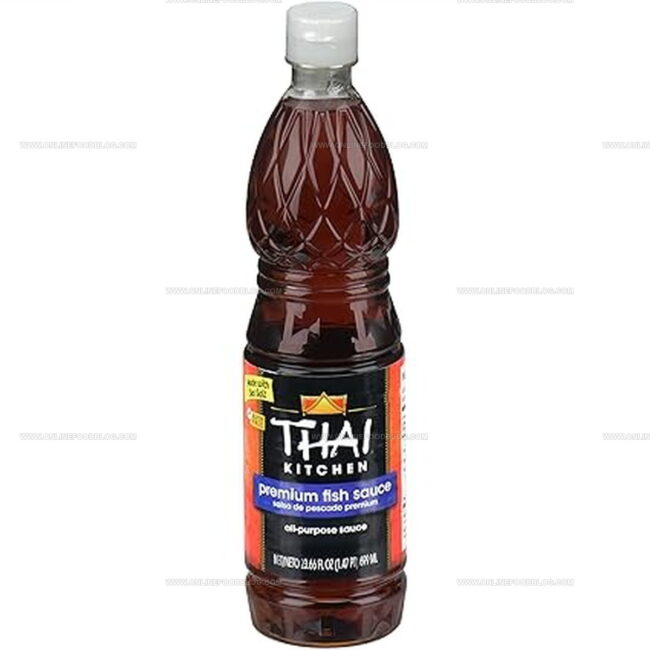
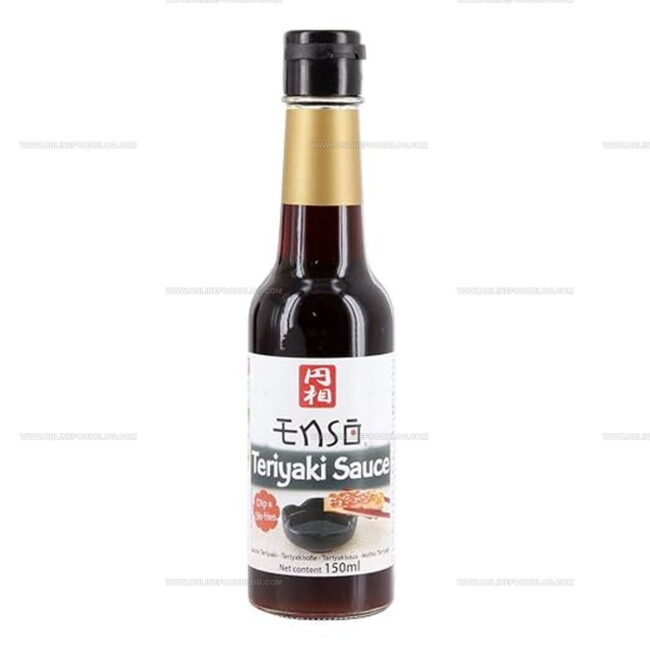
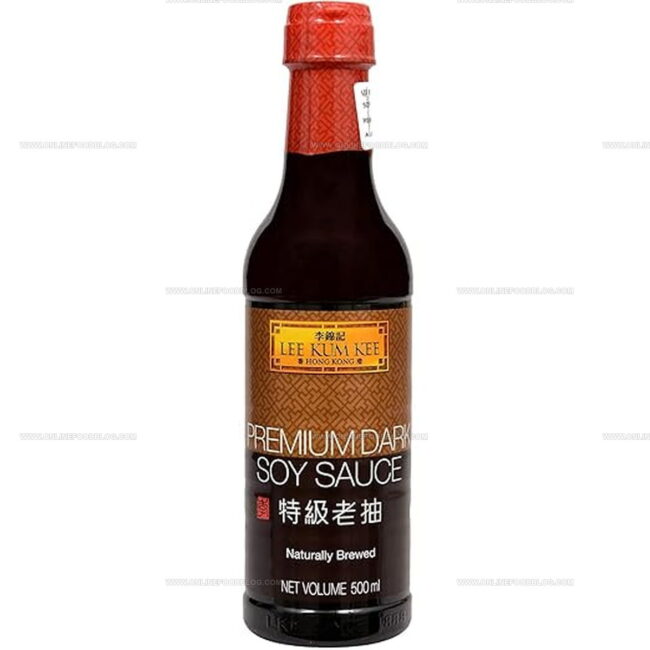

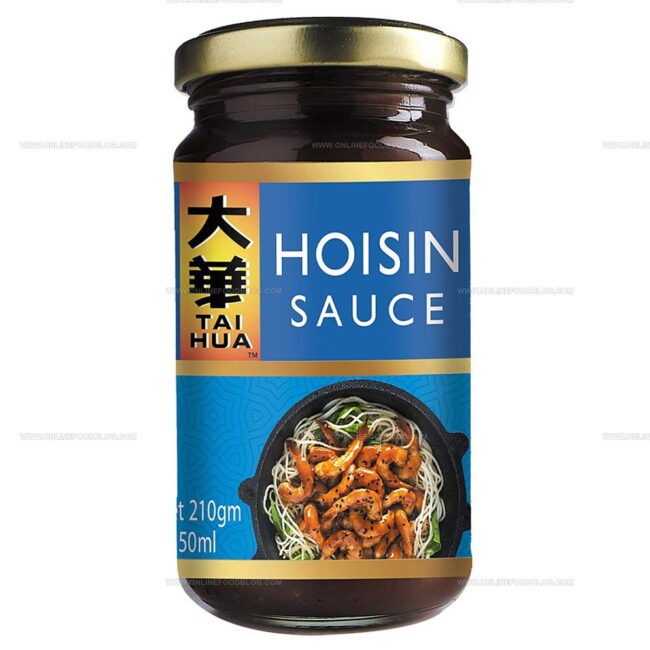
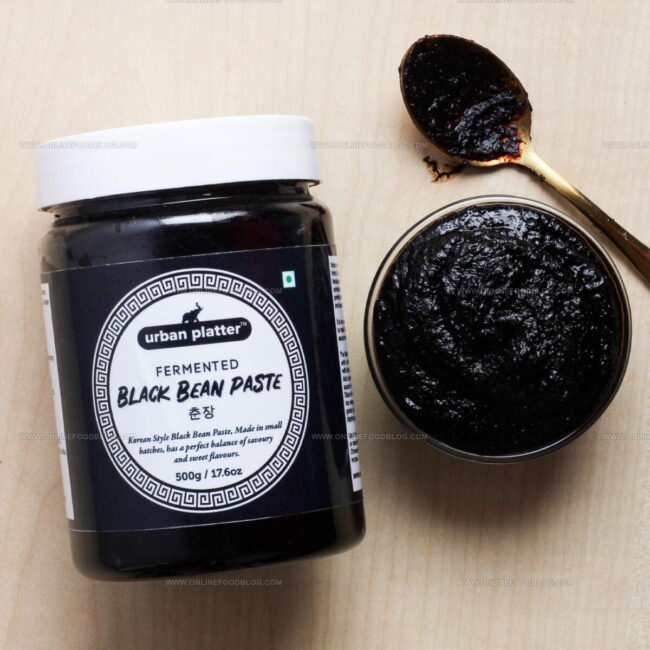
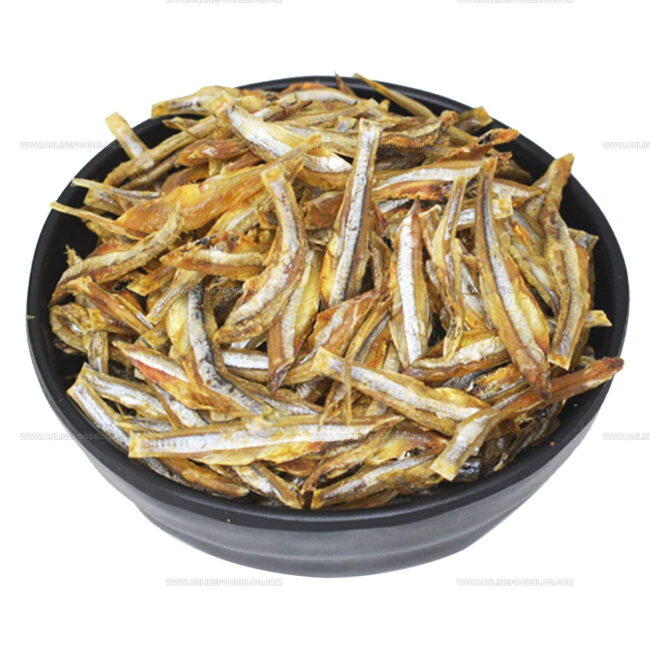
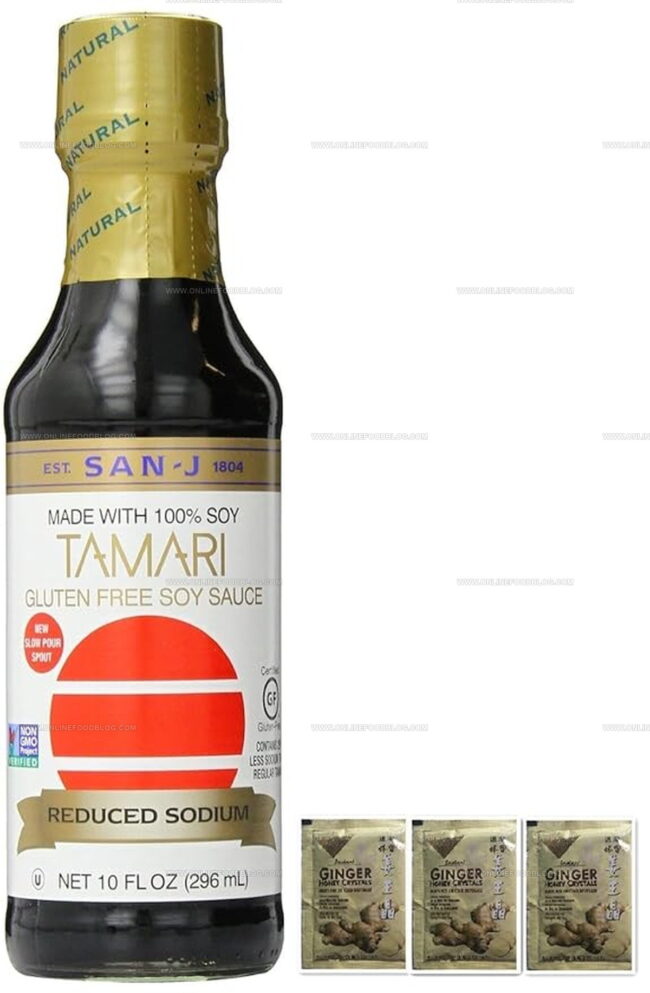
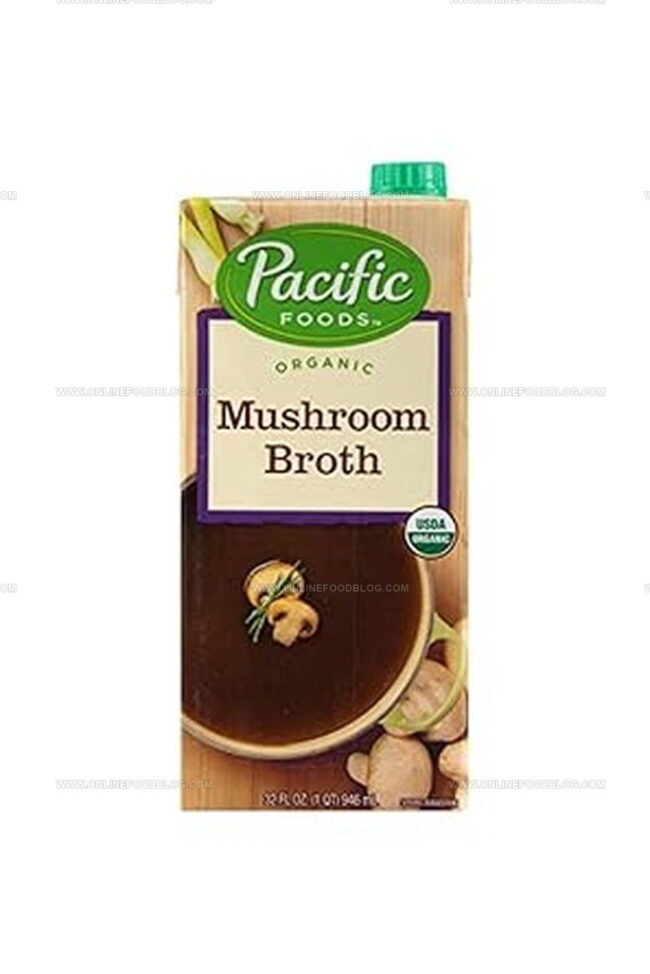
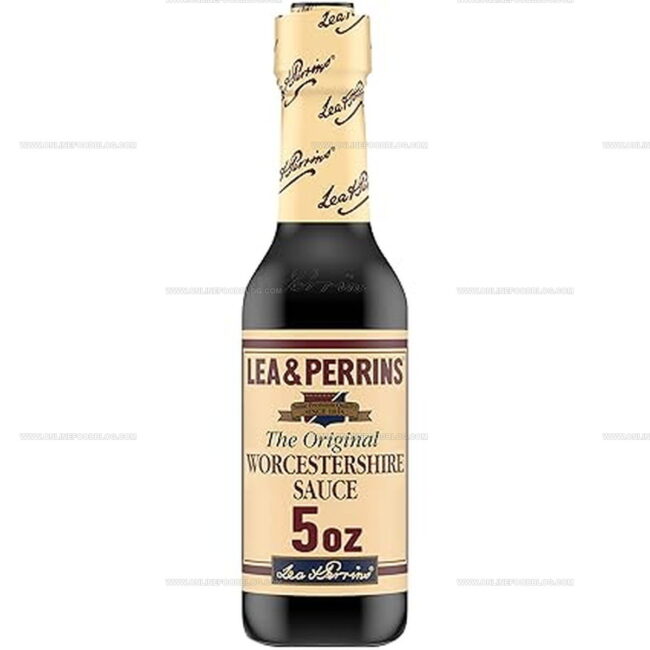
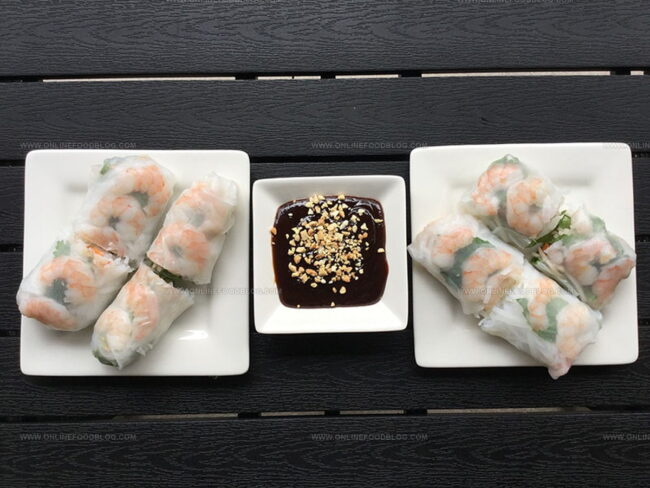

Lucas Bennett
Founder & Recipe Creator
Expertise
Simple Everyday Recipes, Sustainable Cooking Practices, Creative Meal Planning, Recipe Testing and Improvement
Education
Fox Valley Technical College, Appleton, Wisconsin
Lake Superior College, Duluth, Minnesota
Lucas Bennett’s cooking journey started in his parents’ kitchen, where he learned to prepare tasty, no-fuss meals from scratch. His culinary passion led him to Fox Valley Technical College, where he gained practical cooking skills.
He then expanded his focus on sustainability at Lake Superior College. Today, Lucas shares easy, approachable recipes designed to make cooking enjoyable and stress-free for everyone.